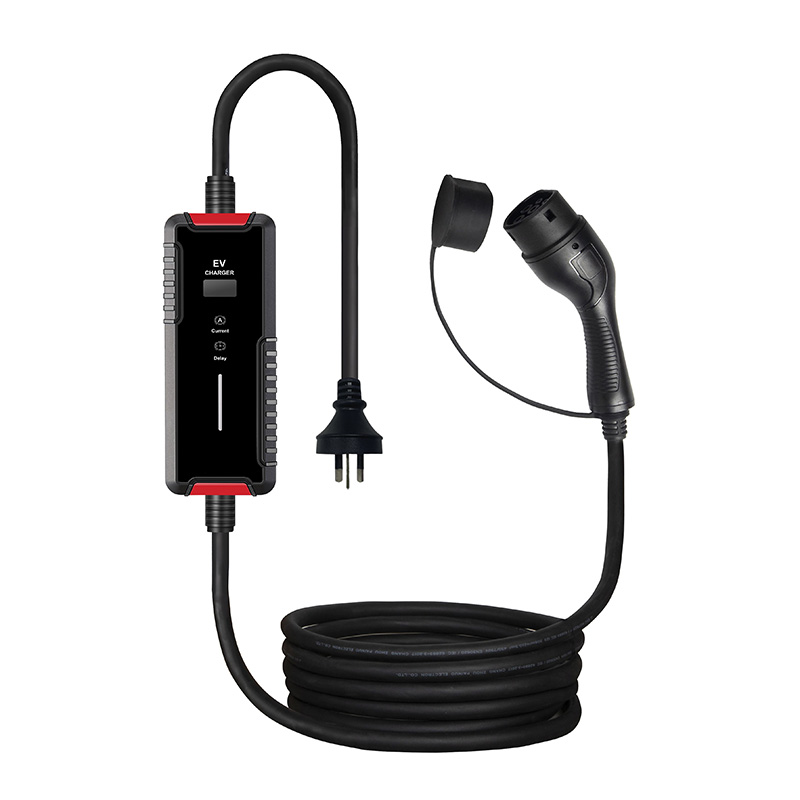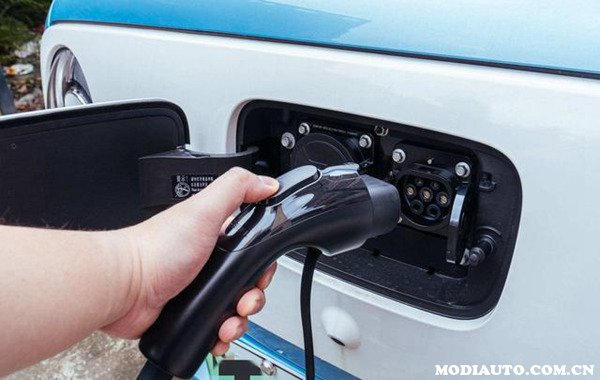
Apart from using public charging stations, onboard chargers and home charging stations are the most common methods for supplementing energy for new energy vehicles. Although both are considered slow charging methods, there are significant differences between onboard chargers and home charging stations. Here are the specifics:
1. Different Charging Power:
The charging power of onboard chargers typically ranges from 1.5 to 4 kW, whereas mainstream branded home charging stations currently offer a power rating of around 7 kW. The variance in charging power directly affects the time required to charge the vehicle. For instance, using an onboard charger might take over 20 hours to fully charge a vehicle, whereas a home charging station can achieve the same in around 10 hours.

EN OEM 16A New Energy Electric Vehicle Charging Gun
2. Different Equipment Costs:
Most onboard chargers for new energy vehicles are provided as standard equipment or as complimentary accessories and do not incur additional costs. Even if purchased separately, an onboard charger typically costs only a few hundred yuan. In contrast, home charging stations, if not provided as standard, can cost between 3000 and 4000 yuan for OEM options, or between 2000 and 3000 yuan for third-party options.
3. Different Convenience Levels:
Home charging stations are usually fixed in one location, limiting charging to designated areas. Therefore, home charging stations offer a fixed and less flexible means of charging. On the other hand, onboard chargers are portable and can be carried with the vehicle, allowing charging wherever there is a 220V power supply, thereby offering greater convenience.

4. Different Safety Levels:
Legitimate branded home charging stations typically come with features such as lightning protection, waterproofing, and leakage protection. In the event of abnormalities during charging, these safety features automatically cut off power, which most onboard chargers lack.
Can onboard chargers be directly plugged into sockets?
Yes, but it's essential to ensure the socket's grounding wire is connected, and the socket used is separate. Otherwise, the onboard charger may not function correctly. Some onboard charger plugs are 16A, and if the socket is a standard 10A, the onboard charger cannot be directly inserted. In such cases, a 16A to 10A adapter must be used to connect the onboard charger to the home power socket.
Additionally, some individuals may resort to using extension cords with onboard chargers due to various reasons. While theoretically feasible, charging via extension cords compromises safety, as it may lead to electric leakage or short circuits during charging, potentially resulting in fires. Therefore, it's advisable to directly plug in the onboard charger to a socket, ensuring safety precautions are met.



SHENZHEN DMIC CO.LTD
Office Add:No.1408, Building 8, Qianhai Kexing Science Park, Xixiang Street Baoan District, Shenzhen China(518102)
Blog
sitemap
Privacy Policy
XML
© 2026 Shenzhen DMIC Co.,LTD. All Rights Reserved .  network supported
network supported